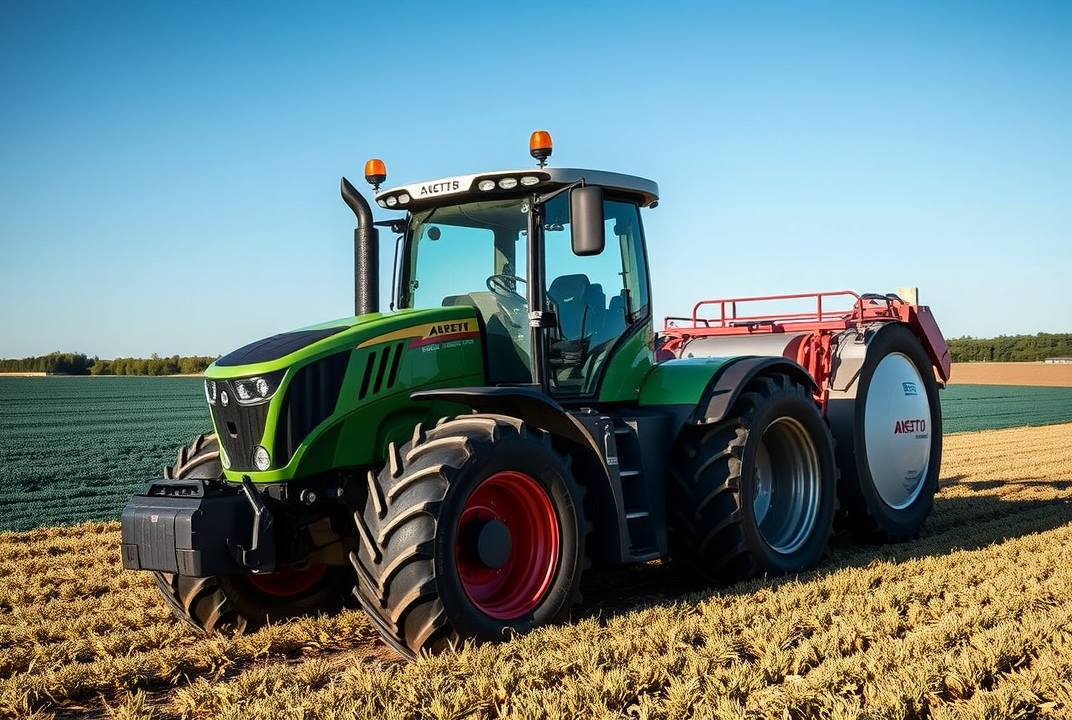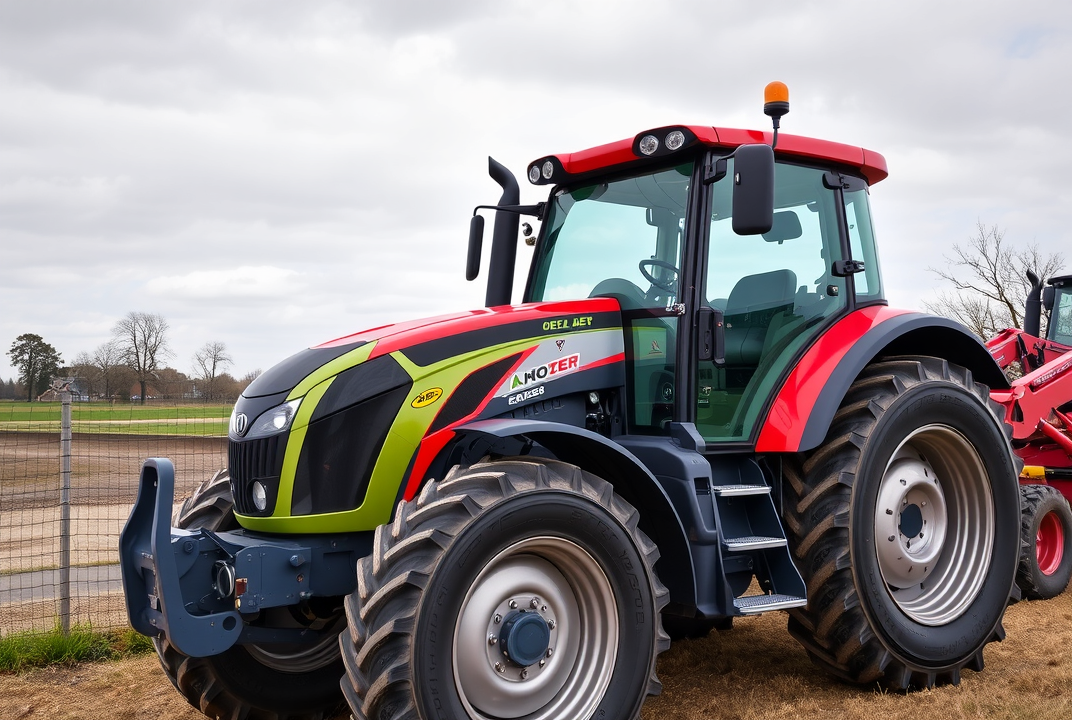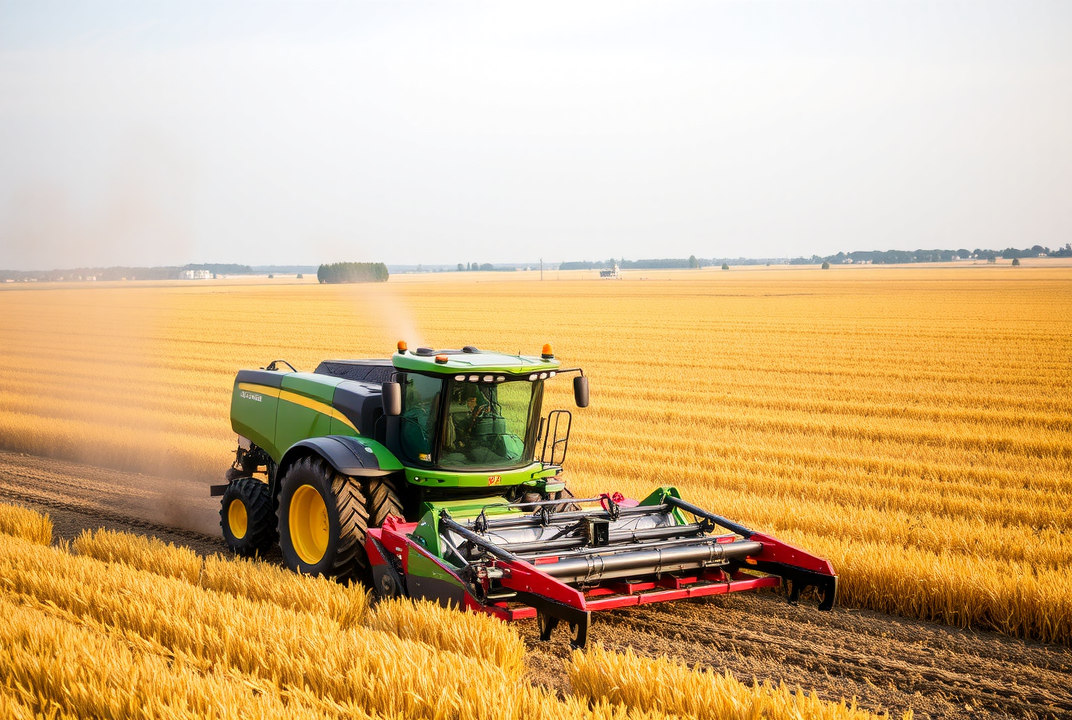Understanding Trends in Farm Equipment Safety and Regulations

An Essential Guide to Farm Equipment Safety
Farm safety is an issue that resonates deeply with anyone involved in agriculture. Did you know that safety advancements in farm equipment can significantly reduce the risk of accidents? As technology continues to evolve, staying updated with safety standards and regulations is essential for farmers.
Importance of Equipment Safety in Farming
Safety improvements in farm equipment go hand in hand with the well-being of farm operators. Modern machinery comes with enhanced safety features designed to minimize risks, but understanding these features is pivotal.
The Role of Technology
Technology plays a key role in shaping the future of farming equipment. With advancements in digital tools, precision technologies allow for more intuitive machine operations and automated safety features. Farms are increasingly adopting technology to maintain safe practices.

Regulatory Compliance and Its Influence
Regulatory bodies have established specific guidelines to ensure equipment safety on farms. Compliance with these regulations not only safeguards farmworkers but also supports operational efficiency.
Key Regulatory Bodies
Several organizations are instrumental in crafting farm equipment safety standards.
-
OSHA (Occupational Safety and Health Administration): Provides safety guidelines specifically related to agricultural operations.
-
ANSI (American National Standards Institute): Develops standards that include safety specifications for farm machinery.
-
ISO (International Organization for Standardization): Offers global safety standards that affect farm machinery design and operation.
These bodies continually update their standards to address emerging safety concerns.
Current Trends in Equipment Safety Regulation
Farmers must adapt to the changing regulatory landscape. Here are some current trends affecting equipment safety:
-
Automated Machinery: Increasing emphasis on automation in farm equipment requires updates to safety regulations, ensuring they cover new technologies.
-
Emission Standards: New regulations are being introduced to minimize environmental impact, affecting machinery design.

Case Study: The Impact of GPS Technology
Consider how GPS technologies have transformed equipment safety. Farmers can now utilize GPS for precision farming, reducing overlap in equipment paths and minimizing accidents.
Safety Measures and Features in Modern Equipment
A robust understanding of current safety features can make a significant difference in farm operations.
-
Rollover Protection Structures (ROPS): Essential for preventing injuries during tractor rollovers.
-
Machine Guarding: Ensures moving parts of the equipment are shielded, reducing injury risk.
Enhancing Safety Awareness
Educating farmworkers about proper equipment use and recognizing potential hazards is paramount. Regular training and adherence to safety protocols contribute to safer working environments.
Addressing Challenges in Safety Compliance
Although safety regulations continue to advance, challenges persist:
-
Complexity of Compliance: Navigating the maze of regulations can be overwhelming for farmers.
Solution: Utilize digital tools that streamline tracking of safety compliance requirements.
Expert Insights
Quotes from industry experts:
"Being proactive with safety regulations not only ensures compliance but enhances operational efficiency." – John Doe, Safety Consultant
Future Predictions for Safety Regulations
Looking ahead, safety regulations will likely expand to cover:
-
Drone Technology: As drone use increases, new guidelines will emerge to address unique safety challenges.
-
Wearable Technology: Anticipate regulations for the integration of safety wearables in farming operations.
Conclusion
Understanding and adapting to trends in farm equipment safety and regulations is crucial for any successful agricultural operation. By embracing technology and compliance requirements, farmers can protect their teams and optimize their processes. Stay informed and proactive to navigate the evolving landscape of farming regulations.
To remain compliant and protect your farm, regularly review the latest safety guidelines and integrate new technologies into your equipment. Let's invest in farm safety today for a more secure agricultural future.